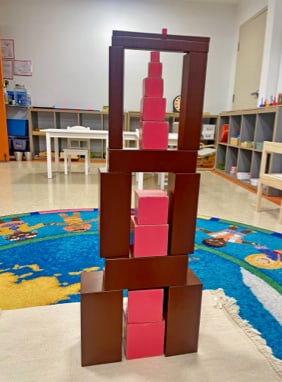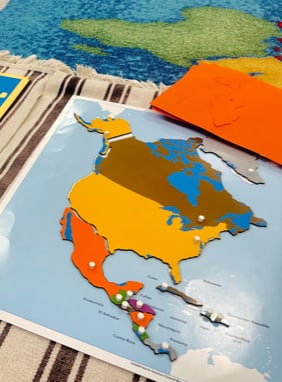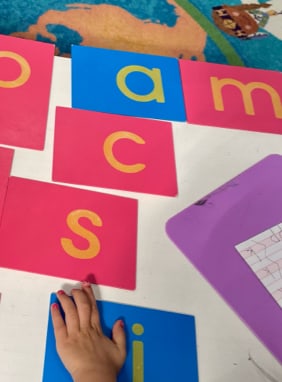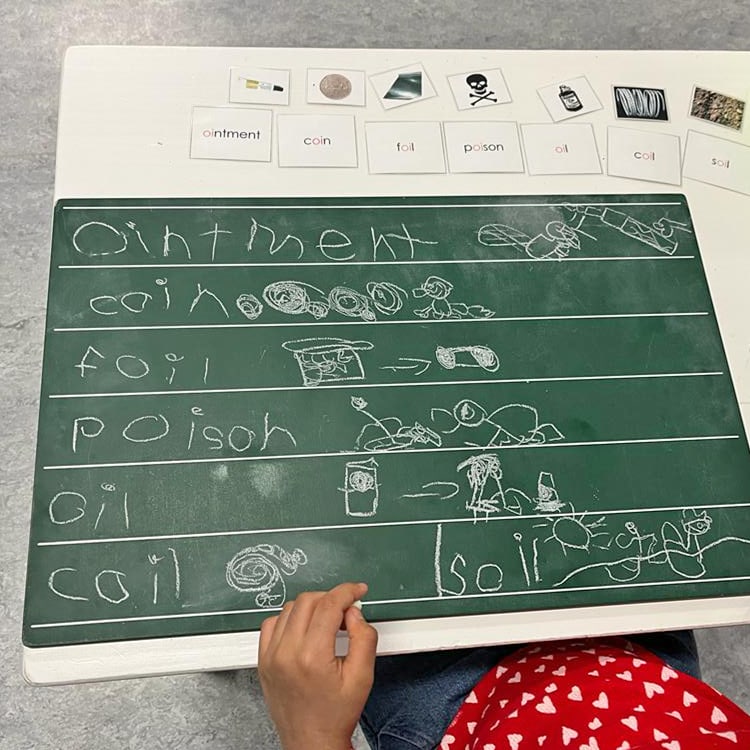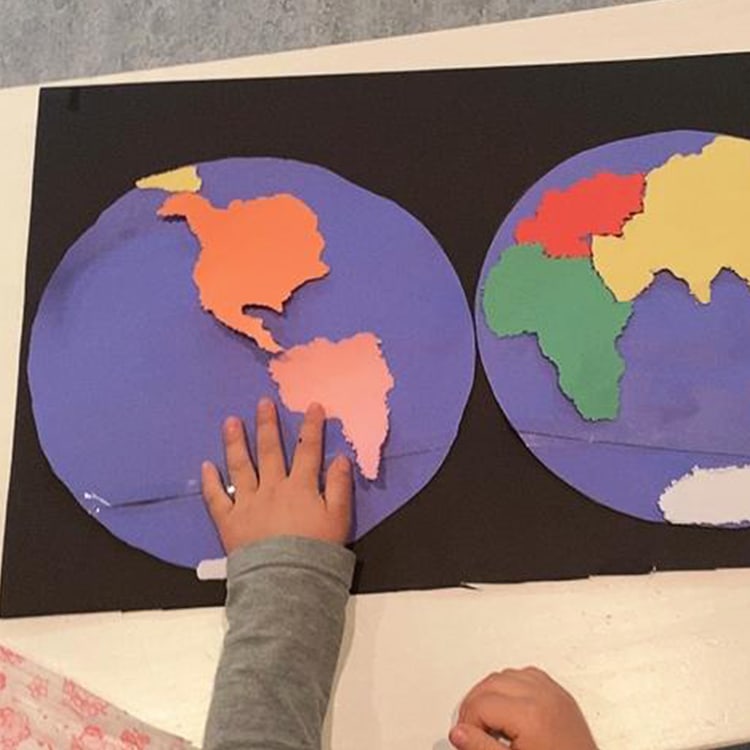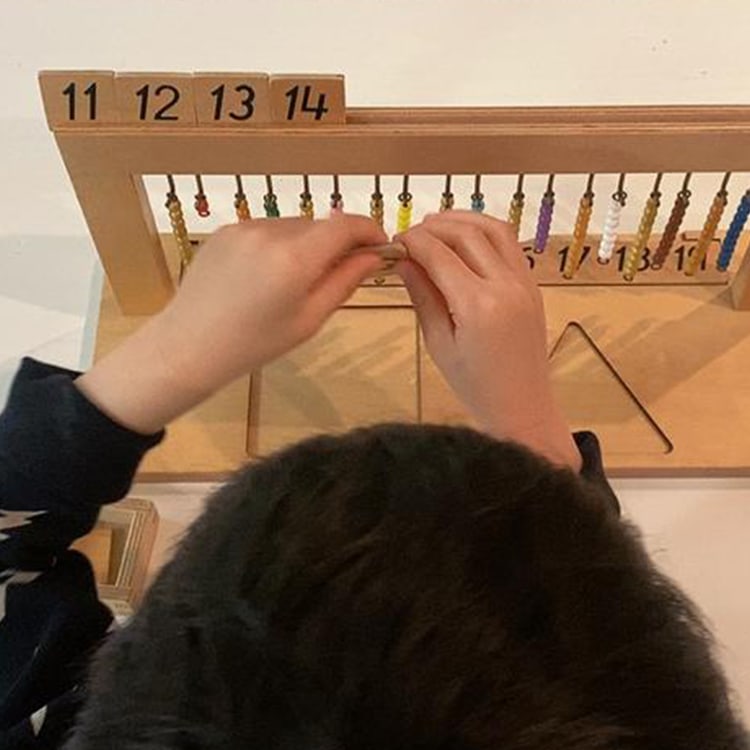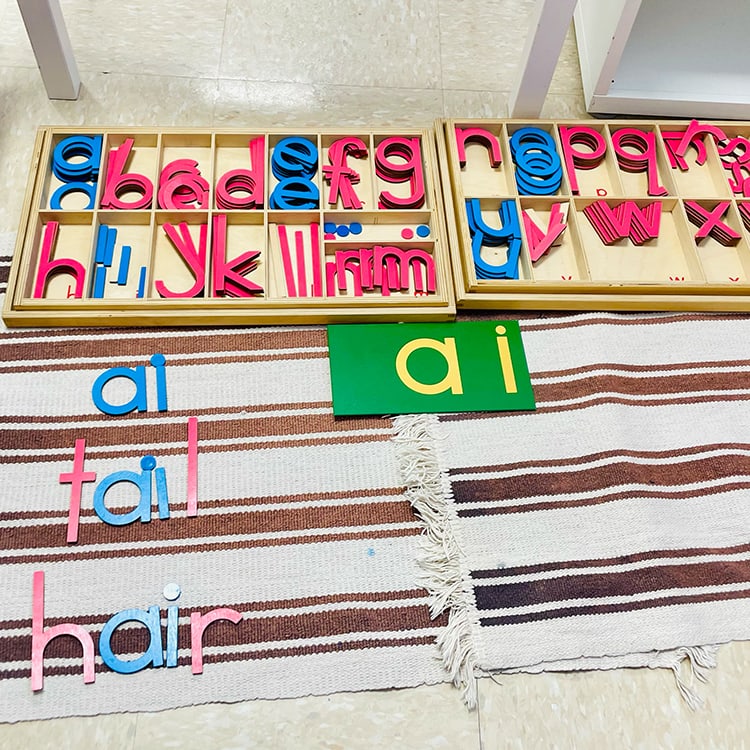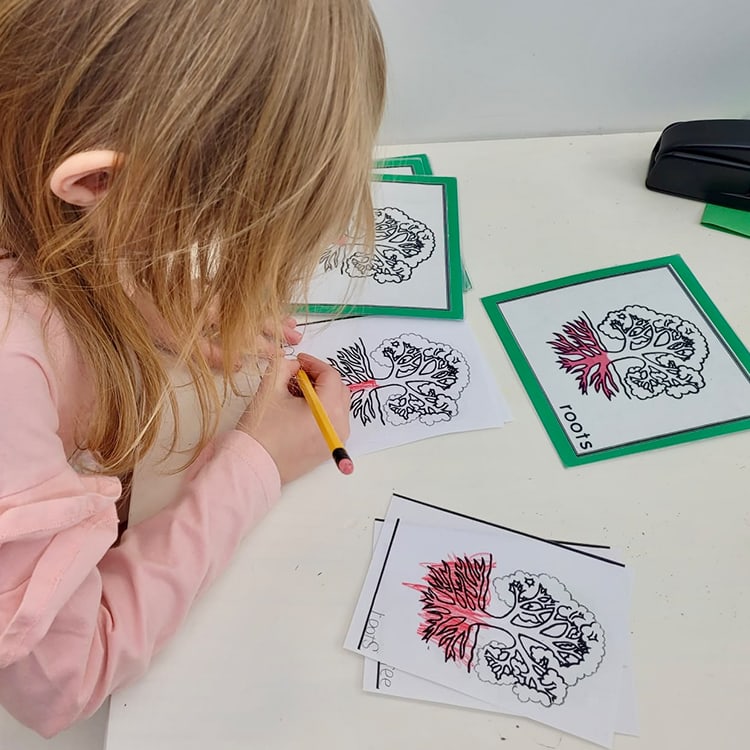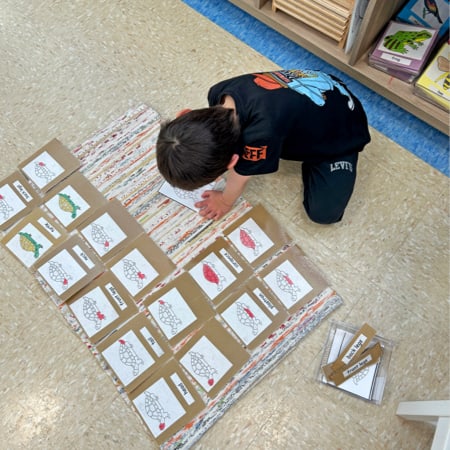We, as humans, innately understand which hand to use for an action. Right handed people throw balls with their right hands, left handed people will cut onions with their left hand. It is part of us that is “hard wired” into the brain the moment we are born. So what happens if your child is left handed when you are right handed (or vice versa)?
The very first order of business is to look at the title of this article, then completely forget about the terms “left-handed” and “right-handed.” The proper terminology to use is Dominant Hand and Off-Hand ( or Sub-Dominant Hand). The reason behind this is that sometimes, while most actions are performed with the dominant hand, the off-hand will be used for other, very specific actions just as accurately and precisely as with the dominant hand. And some children can use both hands equally well.
So how do you help your child learn to draw, write, and perform actions with their dominant hand? Here are five areas with which to start:
Discover which hand is dominant
The easiest way to determine hand dominance in a child is to play a game with them. Roll a ball to them using both hands from between your feet and ask your child to kick it back to you 25 times. Make note of how many times the child uses each foot to kick it back. Use a small, soft plush ball and, again using both hands at the same time, throw the ball gently to your child, and as them to throw it back. Again make note of how many times each hand is used. The dominant side should be fairly evident, however if the numbers are close, your child may be naturally ambidextrous.
Adjust accordingly
If your child’s dominant hand is the same as everyone in the family, then no changes need be made. However, should their dominant hand be different from anyone teaching them writing, drawing, play, etc, care will need to be made so that when demonstrating actions that the child’s dominant hand is used, even if it is the teacher’s off-hand.
While the drawings and writing may be awkward and maybe illegible, rest assured that your child will understand, as they themselves may have been feeling awkward and stressed by trying to use their off-hand to “fit in.” By using their dominant hand, it shows that you, the teacher, have the same problem they do trying to use your off-hand, and can actually be a very valuable bonding experience.
The small things count
What is meant by this? If your child has a dominant left hand and has a sibling that is dominant right hand, when going on car trips, place the left dominant child in the rear left seat, so they can operate the window and door hand with their left hand. It shows the child that you are paying attention to their needs and comfort, and will boost their confidence knowing that their parent is caring for them.
When it is family game night, introduce new hand rules. For example, if playing Scrabble around the family table, make a rule where everyone for the first game uses their dominant hand, the next everyone uses their off-hand, then the next game everyone uses only their left hand, etc. It adds a sense of community and understanding for the child so that they do not feel like the odd one out.
Writing
It is important to remember to leave necessary room for the dominant hand elbow of the child while they learn to write. If your child is right dominant, sit on their left while helping them learn writing. It will make them feel less crowded and constrained, and may help their writing improve exponentially. As well, it is important to reinforce that their hand dominance is a natural part of who they are, and nothing to be afraid or ashamed of. Building confidence in your child is an important part of their development, and you can make their hand dominance a key point of pride.
Cross handed teaching in school
It is important to explain to your child that it is okay to use their dominant hand in school. A prime example is a left dominant teacher, in a mostly right dominant classroom. In younger grades before dominance is established, the students would try to write in the same way the teacher would write on the chalkboard/whiteboard, with their off-hands, and their writing would be backwards or incomprehensible. By letting your child know that it is okay to use their dominant hand, and is even something to be proud of, they will be able to learn without too much worry. Also, making your child’s teacher aware of your child’s hand dominance helps the teacher include your child in activities using their dominant hand, instead of your child feeling “forced to conform.”








